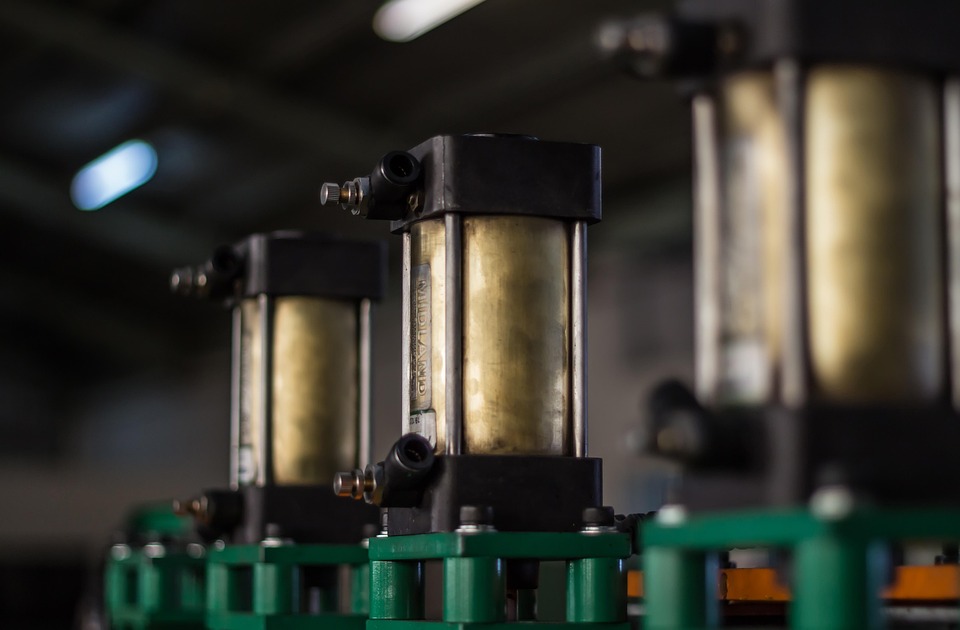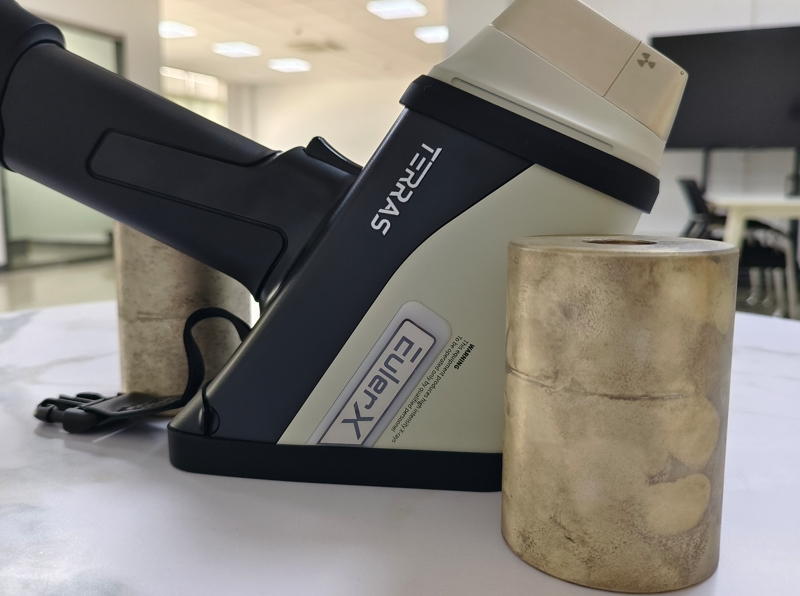
XRF Technology
A high-tech enterprise focusing on the development and application of X-ray technology products, committed to becoming a leading supplier of X-ray industrial testing solutions.
Handheld X-Ray Fluorescence: Revolutionizing Material Analysis Across Industries
In today's fast-paced and technology-driven world, industries are continuously searching for innovative solutions to streamline their processes, enhance accuracy, and reduce costs. One such breakthrough technology is handheld X-ray fluorescence (XRF), which has revolutionized the way materials are analyzed and tested across multiple sectors, including manufacturing, environmental monitoring, construction, and archaeology.
What is Handheld X-Ray Fluorescence (XRF)?
X-ray fluorescence is a powerful and non-destructive analytical technique used to determine the elemental composition of materials. The handheld version of this technology allows for quick and portable analysis without the need for laboratory settings or sample preparation.
Handheld XRF devices are compact, portable tools that use X-rays to excite atoms in the material being tested. When the material absorbs the X-rays, it re-emits fluorescent radiation that is characteristic of the elements present in the sample. The XRF analyzer then detects these emissions, providing a precise breakdown of the material’s elemental composition.

Terras EulerX900 Handheld Alloy Analyzer
The Advantages of Handheld XRF in Material Analysis
Portability and Convenience
One of the standout benefits of handheld XRF is its portability. Unlike traditional lab-based analysis, which requires samples to be sent off for testing and results to be processed over a period of days or weeks, handheld XRF provides immediate, on-site analysis. This allows professionals to make real-time decisions, significantly speeding up processes in industries like construction, mining, and manufacturing.
Non-Destructive Testing
Handheld XRF is non-destructive, meaning it does not alter or damage the material being tested. This is particularly valuable for valuable or rare samples, such as archaeological artifacts or artworks, where preserving the integrity of the item is paramount. Additionally, this feature makes XRF ideal for testing materials in their natural state or in finished products.
Cost-Effective
Given its portable nature and the fact that it eliminates the need for costly laboratory testing and sample preparations, handheld XRF is a cost-effective solution for many industries. Companies can save time and money by conducting on-site testing and avoiding the delays associated with traditional laboratory testing.
Wide Range of Applications
Handheld XRF technology is versatile, capable of analyzing a broad spectrum of materials, including metals, plastics, ceramics, glass, soil, and even food products. Its adaptability makes it valuable across many different fields, from ensuring compliance with safety regulations to monitoring raw material quality.
Key Industries Benefiting from Handheld XRF
Manufacturing and Metal Processing
In manufacturing and metal processing industries, handheld XRF is widely used to test the purity and composition of metals, alloys, and other materials. This ensures that products meet strict regulatory standards and that manufacturers can avoid costly material defects or subpar batches. Whether for quality control during production or incoming materials inspection, handheld XRF offers an efficient and effective solution.
Environmental Monitoring
Environmental scientists use handheld XRF devices to detect hazardous substances like heavy metals in soils, water, and sediments. For example, they can quickly analyze lead, arsenic, cadmium, and mercury concentrations in contaminated sites. This quick data gathering is essential for environmental risk assessments, remediation efforts, and regulatory compliance.
Construction and Building Materials
In the construction industry, handheld XRF is crucial for assessing building materials such as concrete, bricks, and steel to ensure they meet construction standards. It can also help identify dangerous materials like lead in older buildings or determine the composition of alloys used in structural elements. As a result, workers and inspectors can make informed decisions that guarantee safety and quality.
Archaeology and Art Conservation
Handheld XRF has become an indispensable tool in the fields of archaeology and art conservation. Archeologists use handheld XRF to analyze ancient artifacts, artworks, and fossils without damaging them. This helps determine the materials used and provides valuable information about their origins, production methods, and historical significance. Conservationists also rely on handheld XRF to assess the condition of artwork, detecting elemental degradation or the presence of harmful chemicals.
Food and Beverage Industry
In food testing, handheld XRF can be used to analyze the nutritional content of food products or ensure that they meet regulatory requirements. For example, it can detect the presence of undesirable contaminants such as heavy metals in food, enabling producers to ensure food safety and quality.

Terras EulerX900 Handheld Alloy Analyzer
The EulerX 900 series has proved to be an excellent choice for metal analysis in a wide fields, providing fast, accurate results directly to the user. Thanks to its cutting-edge electronics and sophisticated mathematical algorithms, the EulerX 900 series ensures superior measurement quality within seconds. This makes it an ideal tool for inspecting and analyzing incoming materials, finished products, and in-process production parts in a non-destructive manner. Its simplicity of operation allows users to quickly view alloy grade and chemical composition on the touch screen display, achieving laboratory-quality analysis with minimal training and virtually no need for sample preparation, regardless of the sample is shape or size.
Conclusion
Handheld X-Ray Fluorescence (XRF) is undeniably changing the landscape of material analysis across various industries. From speeding up processes and improving quality control in manufacturing to ensuring safety in environmental monitoring and preserving cultural heritage in archaeology, handheld XRF provides an invaluable, non-destructive, and cost-effective solution. As this technology continues to advance, it will likely find even broader applications, further revolutionizing how we analyze and interact with the materials that shape our world.
Join Us
Subscribe to our email list for updates & promotions.



